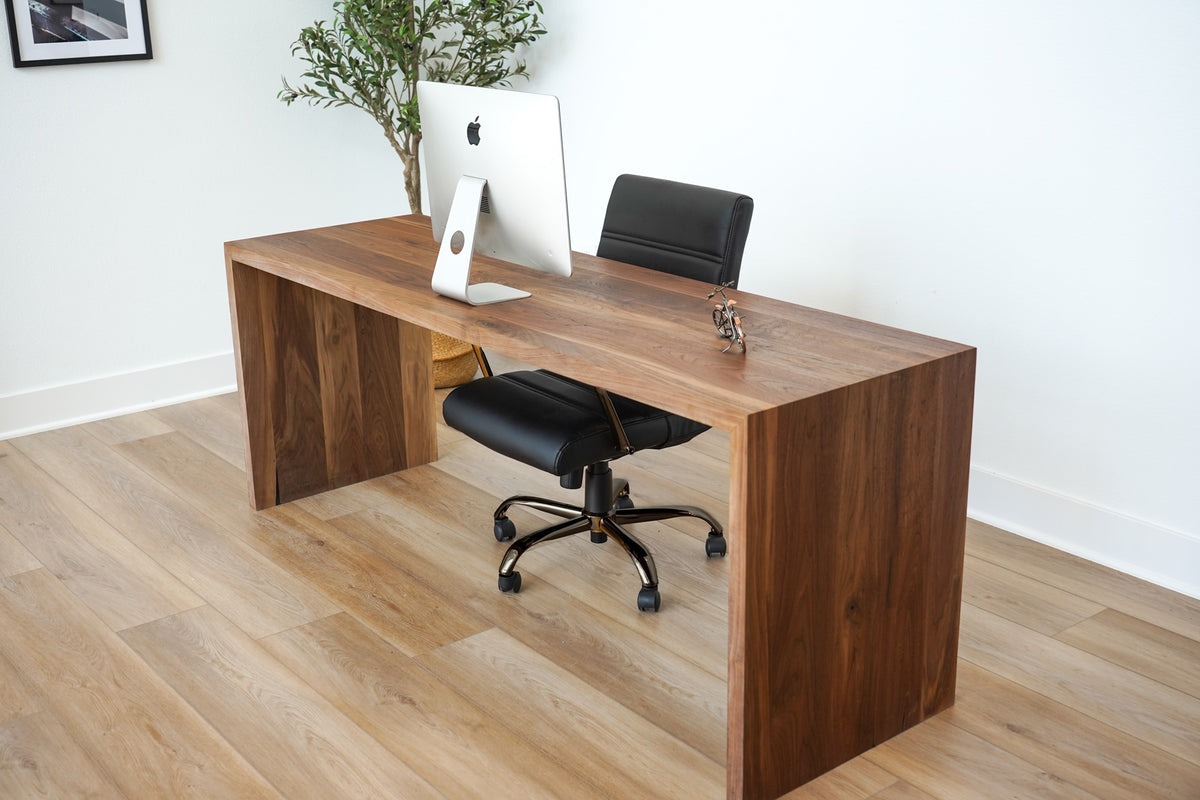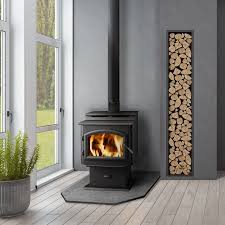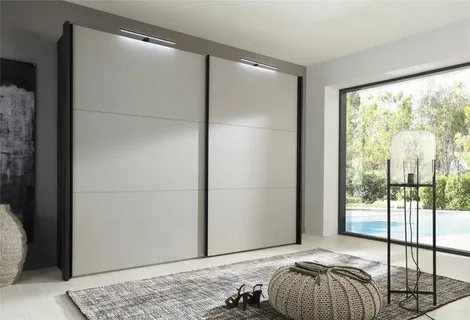In today’s evolving work environment, wooden office desks remain a symbol of elegance, durability, and functionality. Whether in a corporate office, a home workspace, or a co-working environment, wooden desks offer a blend of aesthetics and utility that stands the test of time. This comprehensive guide explores the benefits, types, materials, and factors to consider when choosing the perfect wooden office desk.
1. Why Choose Wooden Office Desks?
A. Timeless Aesthetic Appeal
Wooden office desks bring a natural, warm look to any workspace. Their classic appearance complements a variety of interior design styles, from traditional to modern.
B. Durability and Longevity
Wooden desks are known for their strength and resilience. With proper care, they can last for decades, often becoming more beautiful as they age.
C. Versatility in Design
Available in a range of designs, wooden desks can be tailored to suit different work environments. From minimalistic designs to intricately carved pieces, there’s a wooden desk for every taste.
D. Eco-Friendly Option
Many wooden desks are made from sustainably sourced materials, making them an eco-friendly choice. Additionally, wood is biodegradable, reducing its environmental footprint compared to synthetic alternatives.
2. Types of Wooden Office Desks
A. Executive Desks
Executive desks are large, often with intricate designs and ample storage. They are typically used in managerial or executive offices and exude authority and professionalism.
B. Computer Desks
Designed to accommodate modern technology, computer desks feature compartments for CPUs, keyboards, and cable management systems. They are functional while maintaining a sleek appearance.
C. Writing Desks
Simple and elegant, writing desks are minimalistic and provide a clutter-free workspace. They are ideal for tasks that don’t require extensive storage or equipment.
D. Standing Desks
Standing desks have gained popularity due to their health benefits, such as reducing the risks associated with prolonged sitting. Wooden standing desks combine the benefits of ergonomics with the natural appeal of wood.
E. Corner Desks
Corner desks are perfect for maximizing space in smaller offices. They offer ample workspace while utilizing corners efficiently.
F. Adjustable Desks
These desks provide flexibility in height and configuration, catering to users who prefer alternating between sitting and standing positions.
3. Types of Wood Used in Office Desks
A. Solid Wood
- Oak: Known for its strength and prominent grain, oak is a popular choice for sturdy and durable desks.
- Mahogany: Offers a rich, deep color and is highly valued for its beauty and longevity.
- Walnut: Praised for its dark, luxurious finish, walnut is often used in high-end furniture.
B. Engineered Wood
- Plywood: Composed of multiple layers of wood veneer, plywood is durable and resistant to warping.
- MDF (Medium Density Fiberboard): Made from wood fibers, MDF offers a smooth finish and is an affordable alternative to solid wood.
C. Reclaimed Wood
Reclaimed wood desks are crafted from repurposed wood, giving them a unique character and promoting sustainability.
4. Benefits of Wooden Office Desks
A. Improved Work Environment
The natural warmth and texture of wood can enhance the ambiance of a workspace, promoting a sense of calm and focus.
B. Customization Options
Wooden desks can be customized in terms of size, shape, finish, and additional features like drawers and shelves, catering to specific needs and preferences.
C. Easy Maintenance
Wooden desks are relatively easy to maintain. Regular cleaning and occasional polishing can keep them looking new for years.
D. Health Benefits
Desks made from natural materials like wood can contribute to a healthier indoor environment by reducing exposure to synthetic materials and chemicals.
5. Choosing the Right Wooden Office Desk
A. Assess Your Needs
Consider the primary functions of the desk. Will it be used for writing, computing, or both? Do you need additional storage or ergonomic features?
B. Measure Your Space
Ensure the desk fits comfortably within your workspace without overcrowding. Take into account other furniture and movement space.
C. Consider the Material
Choose a type of wood that aligns with your budget, aesthetic preferences, and durability needs. Solid wood offers longevity, while engineered wood provides a cost-effective alternative.
D. Focus on Ergonomics
Look for desks with ergonomic features such as adjustable height or an ergonomic design that promotes good posture and reduces strain.
E. Evaluate the Finish
The finish of the desk should complement your office décor. Whether you prefer a natural, stained, or painted finish, ensure it matches your overall aesthetic.
6. Maintenance Tips for Wooden Office Desks
A. Regular Cleaning
Dust the desk regularly with a soft, dry cloth to prevent the buildup of dirt and grime. For deeper cleaning, use a damp cloth with mild soap, ensuring the wood is properly dried afterward.
B. Protect from Sunlight
Prolonged exposure to sunlight can cause wood to fade or crack. Position your desk away from direct sunlight or use window treatments to filter UV rays.
C. Use Coasters and Mats
Prevent water rings and scratches by using coasters for beverages and mats for office equipment like computers and printers.
D. Periodic Polishing
Apply a wood polish or wax periodically to maintain the desk’s luster and protect the surface from wear and tear.
E. Repair Scratches
For minor scratches, use a touch-up marker or wood filler that matches the desk’s color. For deeper damage, consider professional refinishing.
7. Conclusion
Wooden office desks are a blend of timeless beauty and practical functionality. Whether you are outfitting a corporate office or creating a home workspace, the right wooden desk can enhance productivity while adding a touch of elegance. By considering factors such as design, material, and maintenance, you can select a desk that will serve as a reliable and stylish centerpiece for years to come.




